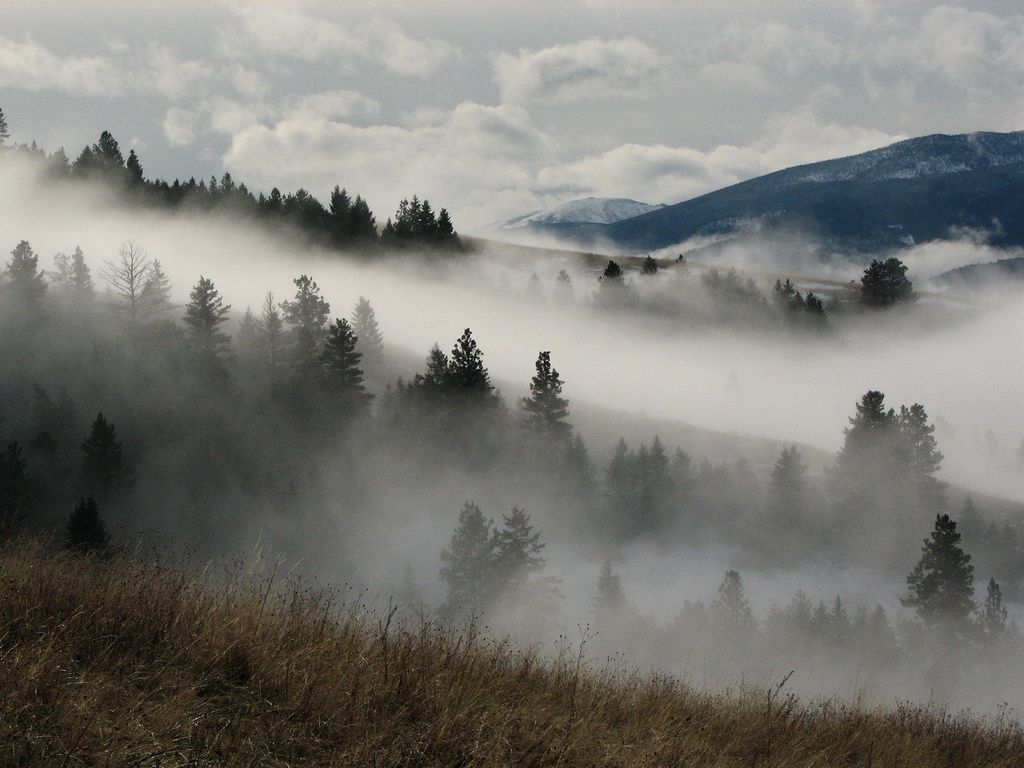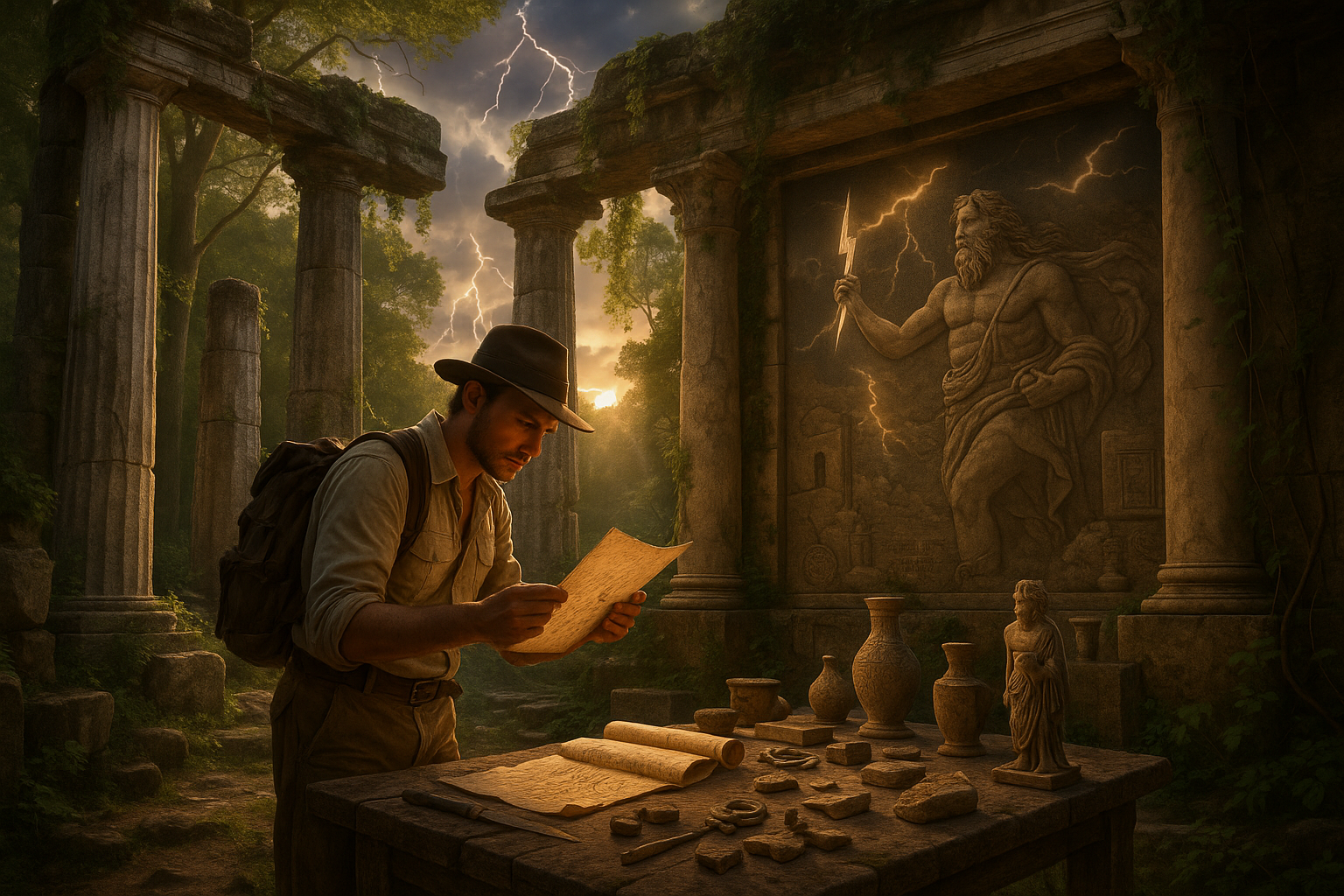Lightning has captivated humanity for millennia, and understanding its different forms—particularly forked and sheet lightning—opens exciting creative possibilities for photographers, designers, and nature enthusiasts alike. ⚡
Decoding Nature’s Electric Spectacle: What Sets These Lightning Types Apart
Before diving into creative applications, it’s essential to understand what distinguishes forked lightning from sheet lightning. Forked lightning, also known as streak lightning, displays those dramatic branching patterns we typically envision when thinking about thunderstorms. These visible channels of electricity trace jagged paths from clouds to ground or between cloud formations, creating nature’s most recognizable electrical signature.
Sheet lightning, conversely, presents as diffuse illumination spreading across cloud formations. This phenomenon occurs when lightning discharges happen within or behind clouds, with the cloud mass itself acting as a natural diffuser. The result resembles a cosmic flashbulb, painting entire sections of sky with brilliant, pulsating light.
The visual distinction between these forms creates fundamentally different aesthetic opportunities. Forked lightning delivers sharp, dramatic lines with high contrast—perfect for bold, striking compositions. Sheet lightning offers softer, atmospheric illumination that can transform landscapes into ethereal dreamscapes.
Capturing Forked Lightning: Photography Techniques That Deliver Electric Results
Photographing forked lightning requires preparation, patience, and understanding of both meteorology and camera mechanics. The unpredictable nature of lightning strikes demands a strategic approach combining technical knowledge with creative vision.
Essential Equipment Configuration for Lightning Photography 📸
Your camera setup forms the foundation of successful lightning photography. A sturdy tripod is non-negotiable—any movement during long exposures will ruin otherwise spectacular shots. DSLR or mirrorless cameras with manual mode capabilities provide the control necessary for capturing these fleeting electrical displays.
Wide-angle lenses between 16-35mm work exceptionally well, allowing you to capture expansive sky sections and increase your chances of including lightning strikes within your frame. Remote triggers or intervalometers eliminate camera shake from pressing the shutter button, while also enabling continuous shooting sequences.
Consider investing in lightning trigger devices that automatically detect electrical discharges and trigger your camera instantaneously. These specialized tools dramatically improve your success rate, particularly during daytime storms when visual detection proves challenging.
Camera Settings That Transform Strikes Into Stunning Imagery
Manual mode gives you complete control over exposure variables. Start with your ISO between 100-400 to minimize noise while maintaining sensitivity. Your aperture should range from f/5.6 to f/11, balancing depth of field with light-gathering capability.
Shutter speed becomes your creative variable. During nighttime storms, exposures between 10-30 seconds capture multiple strikes within single frames, creating dramatic compositions with several lightning channels. Daytime lightning photography requires faster shutters (1/250 to 1/500 second) combined with neutral density filters to prevent overexposure.
Focus should be set to manual infinity, ensuring your entire scene remains sharp from foreground elements through to distant storm clouds. Test your focus before the storm intensifies, adjusting slightly if your lens doesn’t achieve perfect infinity focus at its marked position.
Sheet Lightning: Mastering the Ambient Glow for Atmospheric Compositions
Sheet lightning presents unique creative challenges compared to its forked counterpart. The diffuse nature of this phenomenon requires different technical approaches and compositional thinking to transform subtle illumination into compelling visual narratives.
Leveraging Cloud Architecture in Your Compositions
Cloud structure becomes paramount when working with sheet lightning. Dramatic cumulus formations or layered stratus clouds create depth and texture that transform flat illumination into dimensional artwork. Scout locations during daylight, identifying interesting cloud patterns and compositional elements that will enhance your evening shoots.
Include foreground elements—silhouetted trees, architectural features, or landscape contours—to provide scale and context. These anchoring elements prevent sheet lightning photographs from appearing too abstract or disconnected from terrestrial reality.
Time-lapse sequences showcase sheet lightning’s pulsating rhythm particularly effectively. The repeated illumination creates mesmerizing visual patterns when condensed into video format, revealing temporal dynamics invisible to single-frame captures.
Digital Art Applications: Transforming Lightning Photography Into Creative Assets
Once you’ve captured compelling lightning imagery, numerous creative applications await. Digital artists and designers increasingly incorporate lightning elements into composite works, branding materials, and atmospheric visualizations.
Blending Modes and Layer Techniques for Realistic Integration
In Photoshop or similar editing software, lightning photographs integrate seamlessly using “Screen” or “Lighten” blending modes. These modes allow bright lightning channels to overlay onto new backgrounds while dark sky areas become transparent, facilitating natural-looking composites.
Color grading transforms lightning’s inherent blue-white tones into creative variations. Warming filters create dramatic orange or red lightning suggesting supernatural or apocalyptic atmospheres. Cooling treatments intensify the electrical appearance, emphasizing technology and energy themes.
Displacement maps generated from lightning branching patterns create unique textures applicable to typography, web design elements, or abstract backgrounds. The organic randomness of electrical pathways produces textures impossible to replicate through algorithmic generation alone.
Motion Graphics: Animating Lightning for Dynamic Visual Impact ⚡
Video editors and motion graphics artists find lightning footage invaluable for establishing mood, transitioning between scenes, or emphasizing dramatic moments. Understanding how to manipulate lightning elements expands your creative toolkit considerably.
Creating Custom Lightning Animations From Static Images
After Effects enables transformation of still lightning photographs into animated sequences. Using displacement maps, turbulence effects, and strategic masking, you can generate convincing lightning animations that appear to propagate across your frame in real-time.
Combine multiple lightning photographs at varying opacities, revealing them sequentially to create buildups of electrical intensity. This technique works exceptionally well for title sequences, dramatic reveals, or energy-themed visual effects.
Sound design complements visual lightning elements critically. Thunder recordings synchronized with visual flashes enhance realism and emotional impact. Layer multiple thunder samples at different volumes and delays to simulate realistic acoustic environments where sound reflects off landscape features.
Weather Apps and Lightning Tracking: Tools for Successful Storm Chasing 📱
Modern technology significantly improves your ability to position yourself for optimal lightning photography opportunities. Several applications provide real-time lightning detection, storm tracking, and forecast modeling specifically designed for photographers and weather enthusiasts.
Lightning detection networks track strikes across wide geographic areas, displaying their locations on interactive maps with minimal delay. These tools help you predict storm movement patterns and identify which cells are producing the most electrical activity.
Radar applications showing precipitation intensity, storm cell rotation, and projected paths enable strategic positioning. Understanding whether storms are intensifying or dissipating helps you allocate limited shooting time to the most productive opportunities.
Safety Protocols: Pursuing Lightning Photography Without Becoming a Statistic
Lightning’s deadly nature demands absolute respect and adherence to safety protocols. No photograph justifies risking life or serious injury. Understanding lightning behavior and maintaining safe distances separates successful photographers from unfortunate statistics.
The 30-30 Rule and Safe Viewing Distances
When you see lightning, count seconds until you hear thunder. Each five-second interval represents approximately one mile of distance. If thunder follows lightning by 30 seconds or less (six miles), the storm poses immediate danger and you should seek substantial shelter immediately.
Remain sheltered for 30 minutes after the last observed lightning or thunder. Many lightning casualties occur when people emerge from shelter too quickly, unaware that storms often produce trailing electrical activity even as visible precipitation ends.
Vehicles with hard tops provide reasonable protection through a Faraday cage effect—the metal shell conducts electricity around occupants rather than through them. Avoid touching metal surfaces inside the vehicle during nearby lightning activity.
Creative Variations: Experimental Techniques for Unique Lightning Imagery
Beyond traditional approaches, experimental techniques produce distinctive lightning imagery that stands apart from conventional documentation. These methods require additional planning and sometimes specialized equipment, but yield remarkable results.
Multiple Exposure Techniques for Layered Electrical Patterns
In-camera multiple exposures combine several lightning strikes within a single frame without post-processing. This technique works particularly well during active storms producing frequent discharges. Each exposure captures different lightning channels, building complex electrical networks across your composition.
Intentional camera movement during long exposures transforms static lightning into dynamic energy streams. Gentle rotation, panning, or zooming during exposure creates abstract interpretations suggesting motion and transformation rather than frozen moments.
Reflection photography doubles visual impact by incorporating lightning in bodies of water, reflective building surfaces, or even rain-slicked pavements. These mirror images create symmetrical compositions with amplified drama and visual interest.
Commercial Applications: Monetizing Your Lightning Photography Skills 💰
High-quality lightning imagery maintains consistent demand across multiple commercial markets. Understanding these opportunities and properly positioning your work generates viable income streams from your electrical pursuits.
Stock Photography Platforms and Licensing Strategies
Stock agencies constantly seek dramatic weather imagery for editorial use, advertising campaigns, and creative projects. Lightning photographs address needs across weather reporting, insurance advertising, power company communications, and dramatic visual metaphors for business presentations.
Keyword optimization significantly impacts discoverability on stock platforms. Beyond obvious terms like “lightning” and “thunderstorm,” include descriptive modifiers: “purple sheet lightning,” “multiple forked lightning strikes,” “desert lightning storm,” or “urban lightning over city skyline.”
Model and property releases rarely apply to lightning photography since natural phenomena and public spaces during storms don’t require permissions. This simplifies licensing and increases commercial viability compared to photography requiring extensive release documentation.
Scientific Documentation: Contributing to Lightning Research Communities
Your lightning photography serves purposes beyond artistic expression. Meteorologists and atmospheric scientists value well-documented lightning imagery for research into storm dynamics, electrical discharge patterns, and climate phenomena.
Citizen science projects welcome lightning observations with detailed metadata including precise timestamps, GPS coordinates, storm conditions, and photographic evidence. Your contributions help researchers understand lightning distribution patterns, frequency trends, and correlations with other meteorological variables.
Rare lightning phenomena—ball lightning, sprites, blue jets, or gigantic jets—hold particular scientific value. Documenting these uncommon events provides crucial evidence helping scientists understand atmospheric electrical processes still poorly understood despite centuries of study.
Post-Processing Workflows: Enhancing Lightning Without Crossing Into Artificial Territory
Effective post-processing elevates lightning photography while maintaining authenticity. The line between enhancement and fabrication requires careful navigation to preserve credibility while maximizing visual impact.
Contrast and Clarity Adjustments for Maximum Drama
Increasing contrast emphasizes the brightness difference between lightning channels and surrounding sky. Moderate contrast boosts (typically +20 to +40 in Lightroom) enhance drama without creating unnatural appearances or losing subtle cloud detail.
Clarity and texture sliders reveal atmospheric details often lost in initial captures. Enhancing these parameters brings out cloud structure, rain curtains, and environmental context that provides depth and storytelling elements beyond the lightning itself.
Color temperature adjustments shift emotional tone dramatically. Cooler temperatures (4000-5000K) emphasize the electrical, technological nature of lightning. Warmer temperatures (6000-7000K) create dramatic sunset storm atmospheres with golden-hour aesthetics despite nighttime capture.
Building Your Lightning Photography Portfolio: Curation Strategies That Electrify Viewers ⚡
A compelling lightning portfolio demonstrates technical mastery, creative vision, and consistent quality. Strategic curation transforms collections of good images into cohesive bodies of work that establish your distinctive perspective.
Variety within consistency creates visual interest without appearing scattered. Include different lightning types, various compositions, diverse weather conditions, and multiple locations while maintaining identifiable stylistic threads—your signature color grading, preferred compositional approaches, or characteristic subject matter.
Sequencing affects how viewers experience your work. Begin with your strongest, most immediately striking image to capture attention. Follow with complementary pieces that build narrative momentum, exploring different aspects of lightning phenomena before concluding with another powerful image that leaves lasting impressions.
Behind-the-scenes content humanizes your work and demonstrates the dedication required for lightning photography. Share stories about memorable shoots, technical challenges overcome, and learning experiences that shaped your approach. These narratives create connections with audiences beyond the images themselves.
Unleashing Your Creative Potential Through Electrical Experimentation
The journey from capturing basic lightning photographs to creating genuinely innovative electrical imagery requires experimentation, persistence, and willingness to push creative boundaries. Each storm presents unique opportunities demanding adaptive thinking and technical flexibility.
Don’t limit yourself to conventional approaches simply because they’ve worked previously. The most memorable lightning imagery often results from unconventional techniques, unexpected perspectives, or creative risks that challenge established norms. Your distinctive voice emerges through these experimental explorations.
Collaborate with other photographers, videographers, and digital artists to cross-pollinate ideas and techniques. Lightning photography communities share valuable location information, weather insights, and creative approaches that accelerate individual growth while building supportive networks of like-minded creators.
The power of forked and sheet lightning extends far beyond simple documentation of natural phenomena. Through thoughtful technical execution, creative vision, and strategic application of these electrifying elements, you transform fleeting atmospheric events into lasting artistic statements that captivate, inspire, and energize viewers. Whether pursuing commercial opportunities, contributing to scientific knowledge, or expressing personal creative vision, mastering lightning photography positions you at the intersection of nature’s raw power and human creative potential—a genuinely electrifying place to be. ⚡✨
Toni Santos is a visual storyteller and artisan whose creations celebrate the poetry of the natural world. Through his thoughtful artistic lens, Toni captures the elegance of botanical forms, transforming them into meaningful expressions of symbolism, resilience, and timeless beauty.
His journey is deeply rooted in a passion for flora and the mysteries they carry. From the shape of a petal to the curve of a vine, each design Toni brings to life reflects a deeper narrative — one of growth, transformation, and harmony with nature. Whether crafting symbolic floral jewelry, enchanted botanical illustrations, or seasonal visual studies, Toni’s work evokes the quiet magic found in Earth’s most delicate details.
With a background in handcrafted artistry and visual design, Toni blends technique with intention. His creations do more than decorate — they speak, often inspired by ancient meanings behind flowers, the cycles of the seasons, and the invisible bonds between nature and spirit.
As the creative voice behind Vizovex, Toni shares this botanical journey with the world, offering curated stories, handcrafted collections, and thoughtful articles that help others reconnect with nature’s symbolism and artistic essence.
His work is a tribute to:
The quiet power of flowers and their messages
The art of visual symbolism in everyday life
The beauty of slowing down to see what’s hidden in plain sight
Whether you’re an artist, a nature lover, or someone drawn to the deeper meanings behind the natural world, Toni welcomes you to explore a space where aesthetics meet soul — one petal, one story, one creation at a time.





